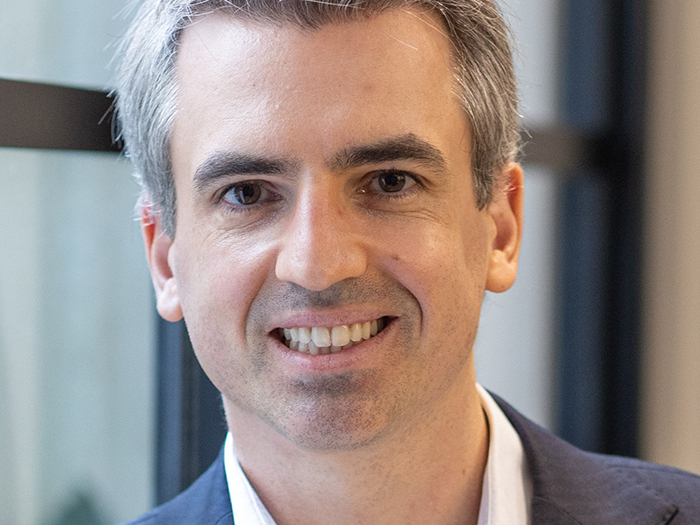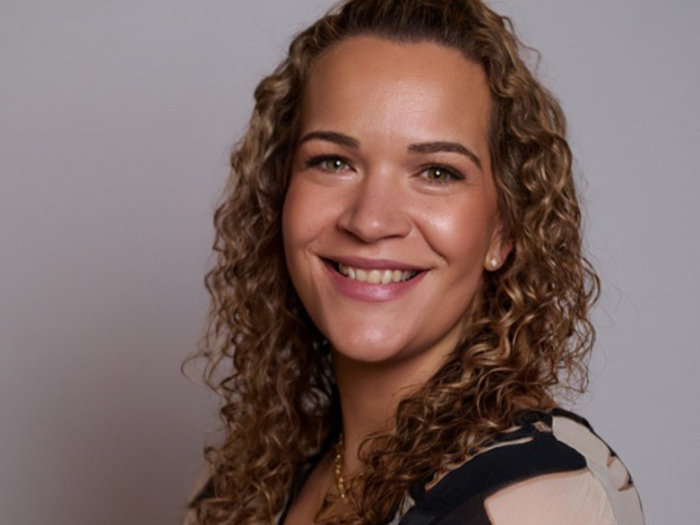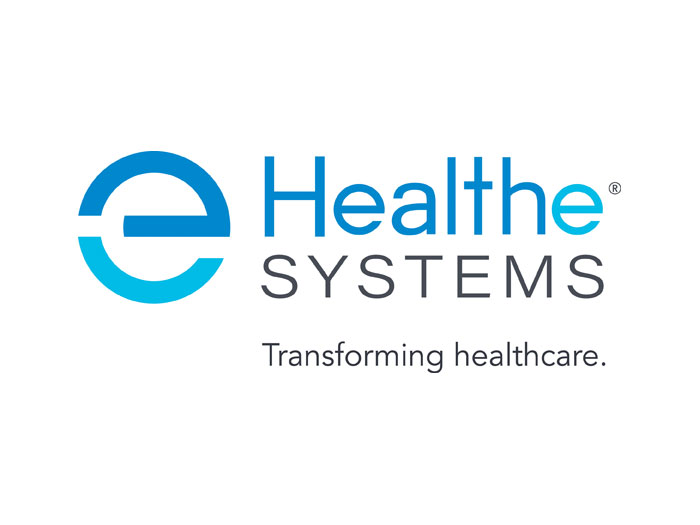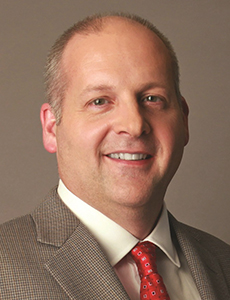Descartes Underwriting’s Tanguy Touffut Talks to Risk & Insurance

In September, Dan Reynolds, the editor in chief of Risk & Insurance, caught up with Tanguy Touffut, the CEO and co-founder of Descartes Underwriting. Mr. Touffut was fresh from his attendance at the Rendez-Vous de Septembre in Monte Carlo. What follows is a transcript of that discussion, edited for length and clarity.
Risk & Insurance: Thanks for meeting with us Tanguy. What impressions did you gather regarding the appetite for parametric reinsurance while you were at Monte Carlo?
Tanguy Touffut: The need I’m seeing stems from the 2023 renewals when reinsurers increased retentions, raised the cost of reinsurance, and reduced limits. While market conditions are becoming softer now, retentions remain a significant issue.
In US markets, secondary perils were the hot topic for cedants in the first half of the year. Severe convective storms—including hailstorms, derechos, tornadoes, and straight-line winds—fueled the main losses, along with wildfires, particularly in LA. These losses were generally more absorbed by insurers than reinsurers, with LA fires being an exception.
Parametric reinsurance could be a solution to cover the first layer or the excess layer. This represents the first driver behind the demand.
The second driver is that parametric reinsurance functions as a more sophisticated industry loss warranty (ILW). Rather than buying protection against market loss, parametric solutions use the insurer’s own potential losses to replace market loss metrics.
It’s truly bespoke. We either use vendor models to ensure we’re insuring the model losses of the insurers, or we replicate their portfolio to guarantee appropriate product response.
I see parametric insurance as the future of ILWs and a way to cover typically the first layer or excess layers. While it’s mainly for severe convective storms in the USA right now, I expect increased demand for earthquake and hurricane coverage, depending on market conditions.
R&I: What types of perils are generating the most interest in the market right now?
TT: For the US market, secondary perils are clearly generating the most interest. This is largely due to climate change, as we’re seeing secondary perils becoming as significant an issue as primary perils like hurricanes or earthquakes. The bulk of losses this year and last year came from these secondary events, with a sharp increase in frequency, which is where parametric insurance can play a crucial role.
R&I: What types of carriers are showing interest in your reinsurance offerings, and are major US primary carriers among them?
TT: There’s significant demand from the largest motor insurers in the US market, particularly related to hail storms that could lead to massive losses for the motor insurance industry. We work with nationwide carriers exclusively through brokers, whether direct or insurance brokers.
Beyond large motor insurers, we see interest from more focused players in the Midwest for specialized coverage like crop insurance, hurricane protection, or flood insurance. Flood in particular is becoming an increasingly acute topic in the US market.
R&I: What trends are you observing in the alternative energy sector, particularly solar, regarding risk management for hailstorm damage to installations?
TT: We cover both solar farms and wind farms across the world. In the USA, the demand primarily comes from Texas and Colorado.
The problem of hail has increased significantly over the past five to ten years due to substantial investments in hail-prone states. For example, when building a solar farm in California, the likelihood of facing severe hailstorms is rather limited.
It’s a different story in Colorado and Texas, which are extremely dynamic states with numerous investments. Within fifteen minutes, a significant hailstorm could destroy all panels. The vulnerability depends on the technology, as some solar panels are more resilient than others.
Some panels can withstand hailstones of a certain size, while others are vulnerable to larger hailstones. Overall, it’s a substantial issue, with several losses exceeding $50 million for solar farms in the US over the last five years.
Unfortunately, due to climate change, these trends will continue. We’re experiencing increasingly severe and frequent hailstorms. Over the last fifty years, the frequency has increased approximately four-fold, which represents a rapid escalation.
R&I: How long have you been involved in the parametric insurance or reinsurance space, including your time with AXA?
TT: I have been in the parametric insurance space for a bit more than ten years, eleven years specifically.
R&I: How would you characterize the growth of parametric insurance during your eleven years in the industry?
TT: If we take a step back and look at the parametric insurance market fifteen years ago, it was very small, mainly limited to a few countries and covering only earthquake and hurricane risks. Today, we are active with exposure in 60 countries, meaning parametric insurance has expanded worldwide from Southeast Asia to Latin America and Africa.
The growth in the number of covered perils has been exponential. In Germany, we cover the lack of wind energy output for wind farms. We cover frost in Australia, which might surprise people who typically associate Australia with hailstorms, cyclones, and droughts. We are active in the U.S. market around floods, and tornadoes remain a huge concern in the Midwest.
There has been clear expansion across geographies and perils. All key brokers have developed competence centers or at least dedicated teams promoting such solutions. In terms of available capacity, we launched a fund with Generali and Lumyna that provides capacity from the insurance-linked securities market, showing appetite from investors beyond traditional reinsurers.
I will never be fully satisfied with the market’s growth rate, as I would love to see it expand even faster. However, we are quite pleased to see our role in modernizing the market and improving product features. The ability to pay claims quickly has been a historical pain point and sometimes a shame in our industry for decades or centuries.
We can play an important role in improving how the insurance world is perceived by end customers. This applies both to risk managers and insurance companies purchasing parametric insurance. &










